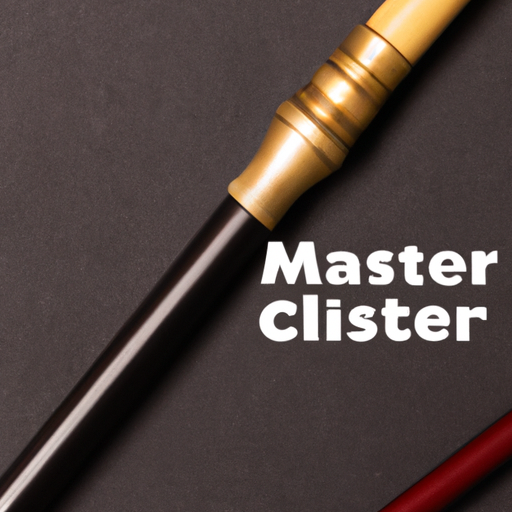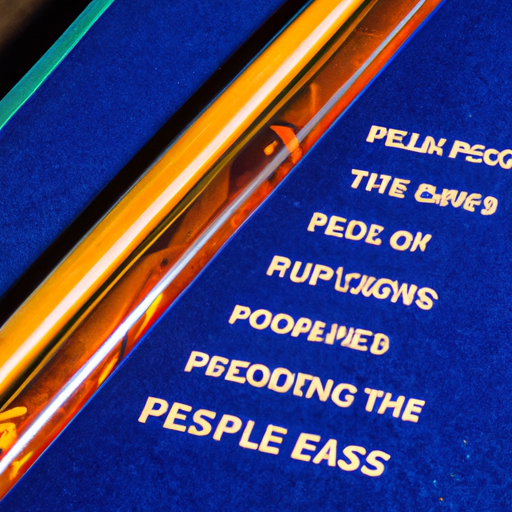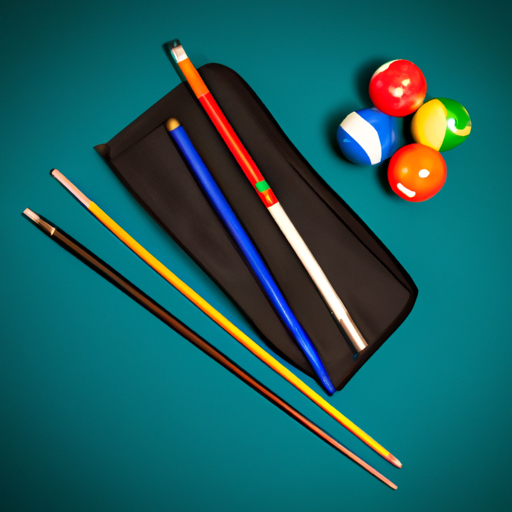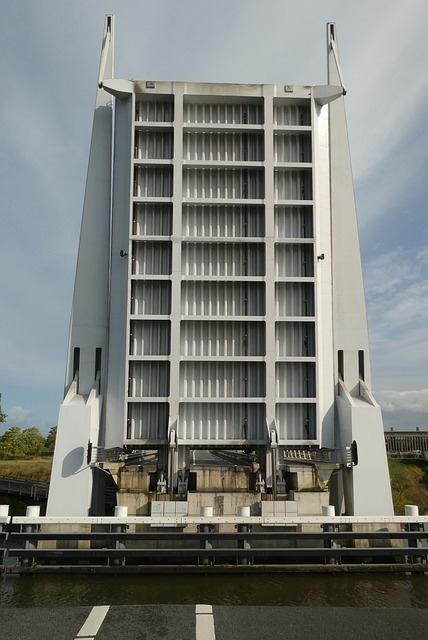What is a bridge length pool cue? In the world of pool and billiards, the bridge is an essential part of a player’s technique. A bridge length pool cue refers to the length of the cue used when forming the bridge hand. Understanding the different bridge lengths and their advantages can greatly improve your game. Join us as we explore the fascinating world of bridge length pool cues in this article.
Understanding the Bridge Length Pool Cue: Exploring its Importance in Pool, Billiard, and Snooker
Understanding the Bridge Length Pool Cue: The bridge length is an essential component in pool, billiard, and snooker. It refers to the distance between the player’s hand and the cue ball when executing a shot. The correct bridge length can significantly impact the accuracy and control of the shot.
In pool, the most commonly used bridge length is generally between 4 to 8 inches. This range allows the player to maintain stability and control while keeping a comfortable position on the table. A shorter bridge may provide better control for delicate shots requiring precision, while a longer bridge can generate more power for shots that require force.
In billiards, players typically use a slightly longer bridge length compared to pool. This is because billiards often requires more finesse and precise positioning of the cue ball. By extending the bridge length, players can have better control over their shots, especially when playing intricate carom shots or positional play.
In snooker, the bridge length varies depending on the specific shot being played. Because snooker tables are larger and the balls are smaller, players often adopt a longer bridge length to compensate for the increased distance. By maintaining a longer bridge, snooker players can achieve greater cue ball control and accuracy when navigating through the congested pack of red and colored balls.
Understanding the importance of the bridge length in pool, billiard, and snooker is crucial for players at all skill levels. Experimenting with different bridge lengths can help improve shot-making abilities and enhance overall performance on the table.
Understanding the concept of bridge length pool cue
The bridge length pool cue refers to the distance between the cue ball and the hand position on the shaft of the cue when making a shot. It is an essential factor in determining the accuracy and control of a shot in pool, billiards, and snooker.
When a player uses a longer bridge length, the cue ball is farther away from their hand, allowing for a greater range of motion and potentially more power in the shot. On the other hand, a shorter bridge length limits the range of motion but offers more precision and control.
Understanding the optimal bridge length based on different shot scenarios is crucial for players to consistently execute their shots effectively.
Factors influencing the choice of bridge length
Several factors come into play when deciding on the ideal bridge length for a shot:
- Shot distance: Longer shots may require a longer bridge length to generate enough power and accuracy.
- Obstacles: When obstacles such as balls or cushions obstruct the natural bridge length, adjustments need to be made.
- Cue ball control: Some shots require precise control over the cue ball, necessitating a shorter bridge length to ensure accuracy.
- Player preference: Different players may have their own preferred bridge lengths based on comfort and shooting style.
Considering these factors allows players to adapt their bridge length according to the specific requirements of each shot.
Techniques to improve bridge length consistency
Consistency in bridge length is vital for maintaining accuracy in pool, billiards, and snooker. Here are some techniques to enhance bridge length consistency:
- Practice: Regular practice helps develop muscle memory, allowing players to consistently reproduce their desired bridge length.
- Awareness: Being aware of the bridge length during each shot and consciously maintaining it improves consistency over time.
- Observation: Observing professional players and analyzing their bridge length techniques can provide valuable insights for improving one’s own consistency.
- Video analysis: Recording and analyzing one’s own shots can help identify any inconsistencies in bridge length and work towards rectifying them.
By focusing on these techniques, players can strive for better bridge length control, leading to improved performance on the pool table.
FAQ
What is the purpose of a bridge length pool cue?
The purpose of a bridge length pool cue is to allow the player to reach shots that are far away or in awkward positions on the pool table. It extends the reach of the player’s arm and provides stability when making shots with a long distance.
How does a bridge length pool cue differ from a standard cue?
A bridge length pool cue is shorter than a standard cue and is designed specifically for making shots that require a bridge or support. It allows the player to reach further distances while maintaining stability and accuracy.
Do professional pool players use bridge length cues?
Yes, professional pool players do use bridge length cues in certain situations.
In conclusion, understanding the importance of the bridge length pool cue in the world of pool, billiards, and snooker is crucial for players seeking precision and accuracy in their shots. The bridge serves as a stabilizing mechanism, allowing players to execute smooth strokes and maintain optimal control over the cue ball. By using a properly sized bridge length pool cue, players can enhance their gameplay and elevate their performance on the table. Whether it’s adjusting the bridge length for different shots or exploring various bridge techniques, mastering this fundamental skill is essential for any aspiring pool player.






